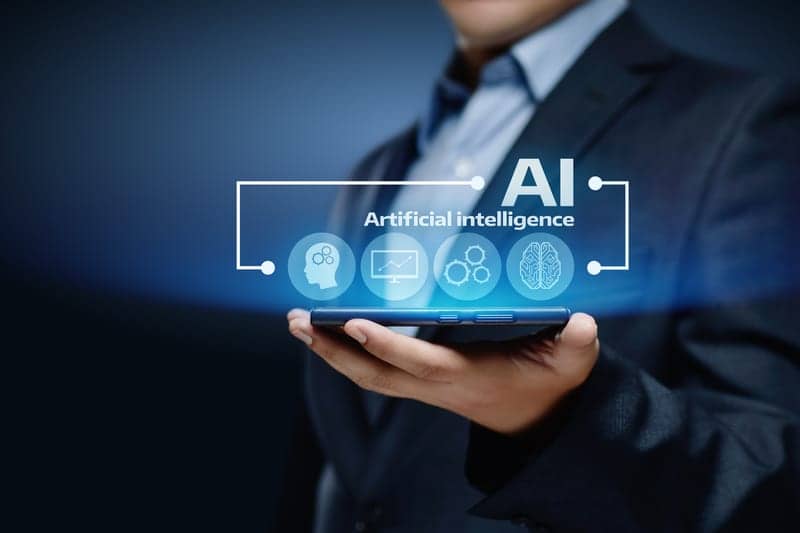As CNBC reports, Apple has been in talks with at least three private Medicare plans about potentially covering the cost of the Apple Watch for people over 65 to track different health functions.
According to the report, the newest version of the Apple Watch—which retails for $399—includes features like fall detection and an electrocardiogram (ECG) sensor which can help detect irregular heart rhythm. Insurers are looking to subsidize the cost—which may be unaffordable for some senior Medicare patients—as a preventative strategy to detect potentially expensive health problems before they worsen. According to Augustin Ruta, a health insurance consultant at A2 Strategy Group who was quoted in the article, Medicare is “the segment of health insurance with the highest dollar revenue and margin per member,” and members tend to have lower churn rates, giving insurers greater incentive to invest in long-term health outcomes. Additionally, government funding for Medicare Advantage plans can be more flexible if there is “demonstrated benefit” for a technology investment like Apple Watch, says CNBC.
With documented comorbidities like cardiovascular disease, cognitive impairment, and diabetes linked to hearing loss, hearing device manufacturers are increasingly incorporating biosensor technology into their products to potentially help discover health issues at an early stage or manage pre-existing conditions by monitoring symptoms.
In a recent article in The Hearing Review by Kow Ping, the Well Being Digital (WBD101) Founder discusses the use of biosensors in hearing devices that can monitor physical activity and cognitive health, as well as optimize a user’s hearing experience, among other things. For example, WBD101’s Optical Fusion approach uses multiple in-ear sensors to detect heart rate, and is said to have high accuracy when tested with traditional ECG chest straps.
A new feature in Starkey Hearing Technologies’ Livio AI hearing aids uses integrated sensors to automatically detect falls and alert a user’s designated contacts, such as family members or friends. According to the company, there are sensors in both the left and right sides (in binaural fittings) that can communicate data indicating a user has fallen utilizing machine learning, which allows more accurate results than from a neck-worn sensor. Additionally, users are able to manage “false alarms,” within a 60-second window that allows them to cancel an alert, and can manually alert the system for a non-fall related event, such as a dizzy spell, that may require medical attention.
At CES 2019, Sonion, a manufacturer of micro acoustic and micro mechanical technologies and solutions for hearing instruments and specialty earphones, and Valencell, a developer of wearable biometric sensor technology, demoed their new product, BiometRIC, a receiver-in-canal hearing aid with an embedded biometric sensor. In addition to monitoring heart rate, the BiometRIC is said to track physical activities such as step count and calories burned, and the company says “hearing aid makers will be enabled to add new functionality based on the inertial sensor data such as fall detection.”
Source: CNBC
Image: © Alexandersikov | Dreamstime.com
'CNBC' Reports Apple in Talks with Private Medicare Plans to Subsidize Cost of Apple Watch





